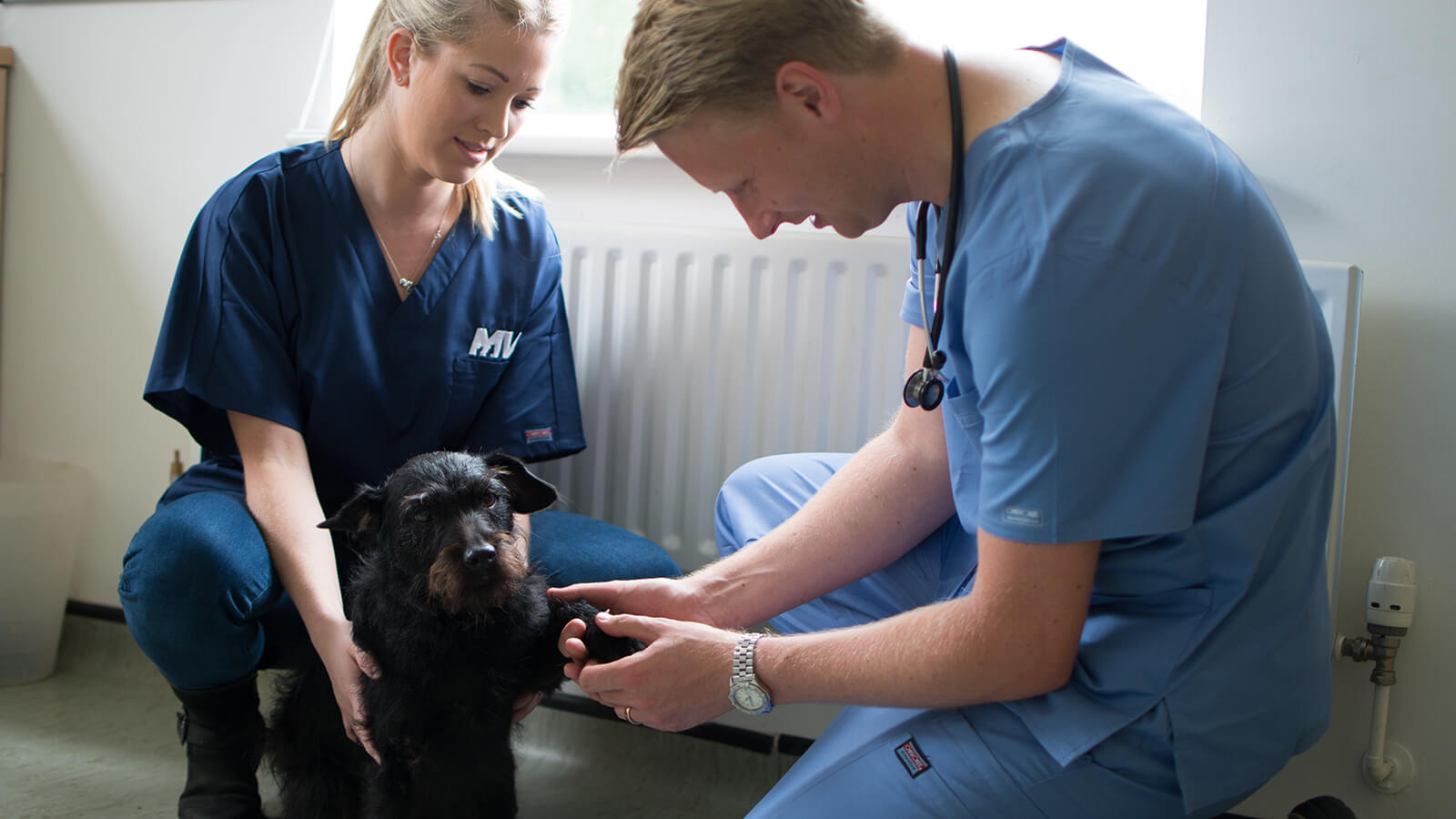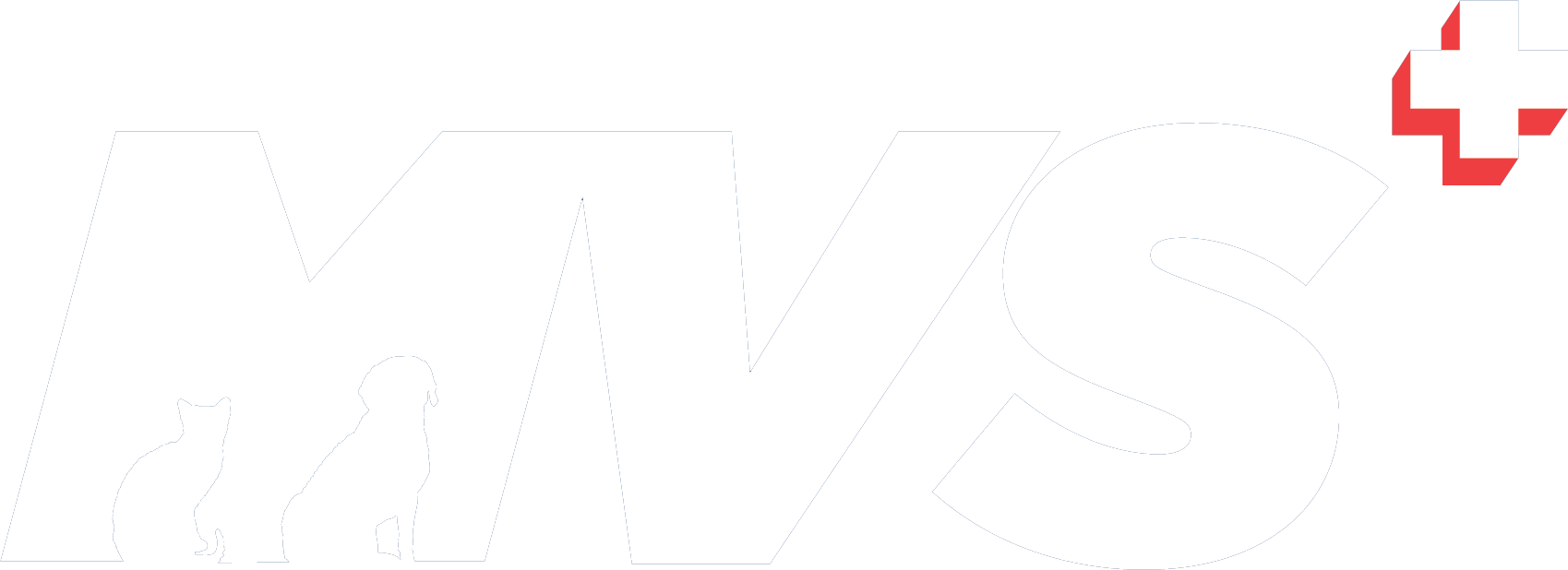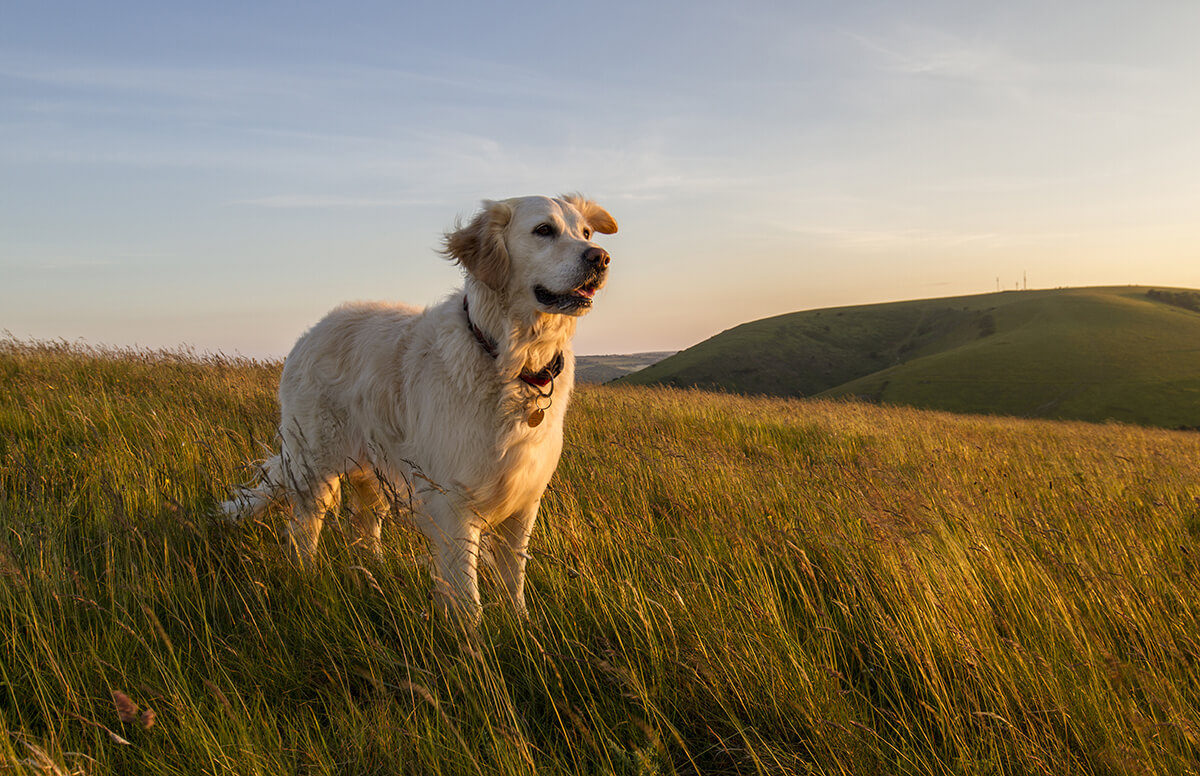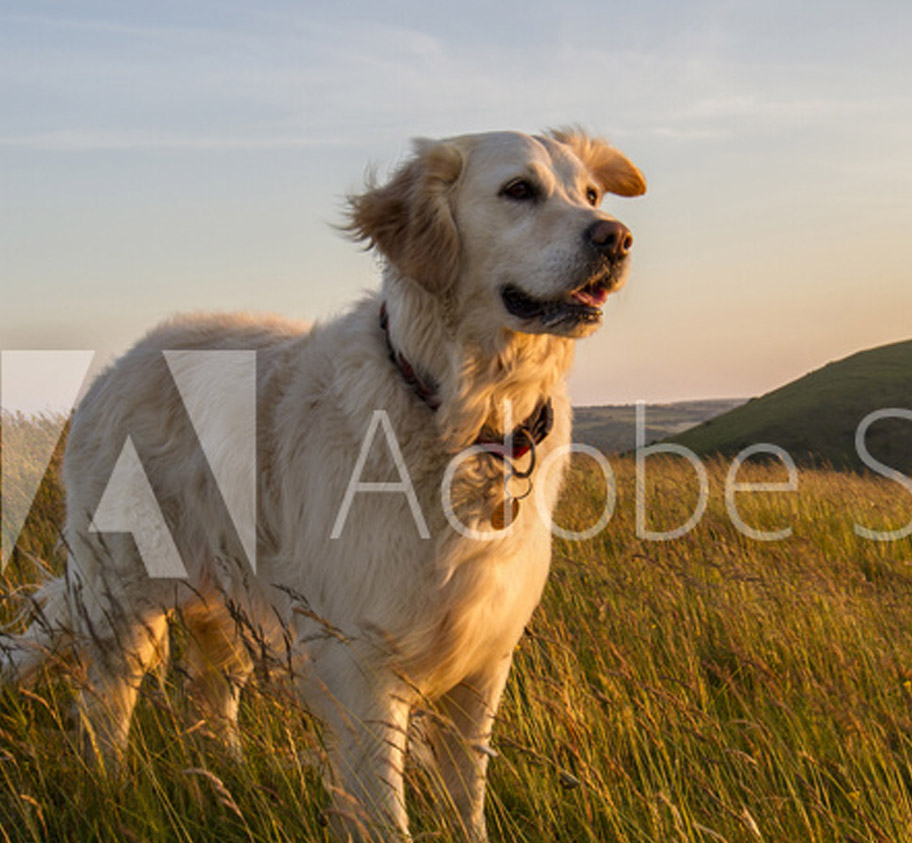
 Menu
Menu
Elbow dysplasia

What is Elbow dysplasia?
This is a condition where there is abnormal development of the elbow joint. There is a genetic component to the condition meaning a puppy is born with normal elbows and the abnormalities develop as the dog gets older. Dogs with elbow dysplasia are predisposed to hip dysplasia and vice versa. Similar breeds are affected by the two conditions. The elbow joint may become incongruent (not fitting together normally) and in all cases secondary osteoarthritis develops as a result of this condition. The condition is often bilateral (affecting both elbow joints).
Elbow dysplasia is an umbrella term used to collectively describe four different conditions. These conditions are
- Medial coronoid disease / fragment coronoid process
- Osteochondritis dissecans (OCD) of the medial humeral condyle
- Un-united anconeal process
- Elbow joint incongruency/incongruity
Some patients can have multiple conditions affecting the same joint. We have seen as many as three conditions present in one joint but have yet to see all four conditions present together.
What causes elbow dysplasia?
In a similar way to hip dysplasia, this condition has genetic (multiple genes are involved) and environmental components. The genetics are determined by the parents whereas environmental factors relate to anything other than the patient’s DNA, such as body condition, diet, etc. A patient will only develop hip dysplasia if it has the genetic programming. Environmental factors alone will not cause this condition.
What are the signs of elbow dysplasia?
The most common sign is limping in the front legs. One or both legs may be affected. The signs can vary with some patients appearing worse after rest and struggle to rise, whereas others may be lame during a walk. Some patients have a reduced tolerance to exercise. This condition has been reported in many breeds of dog. Most patients present at 6-12 months of age. Older dogs can also present if the osteoarthritis is becoming debilitating. This condition can sometimes be sub-clinical i.e. the disease is present but there are no obvious clinical signs. Elbow dysplasia can be an uncomfortable condition requiring long term pain management.
Diagnosis
If we see lameness in the front leg of a dog, then our first suspicion is often elbow dysplasia. The definitive diagnosis is made when a combination of clinical examination, advanced imaging with CT and arthroscopy (key-hole surgery of the joint) is performed.
Radiography can be used but the signs are often non-specific for elbow dysplasia. The complex nature of the elbow joint means that although x-rays can be helpful, they often fail to definitively diagnose this condition.
Elbow dysplasia treatment
Treatment of elbow dysplasia can prove challenging and many of these patients will need on-going management. Some conditions respond more favourably to treatment than others and some procedures can help markedly improve comfort. The specific treatment varies based on the definitive diagnosis.
Treatment options include:
- Medical therapy – pain killers and anti-inflammatories
- Regenerative medicine – stem cells, platelet rich plasma
- Arthroscopy – key-hole surgery
- Screw fixation of bone (un-united anconeal process only)
- Osteotomies – cutting bone
- Joint replacement
- Arthrodesis
Please see the individual conditions for specific treatment options.
Stay in touch
Follow us on social media and keep up to date with all the latest news from the MVS clinic.



